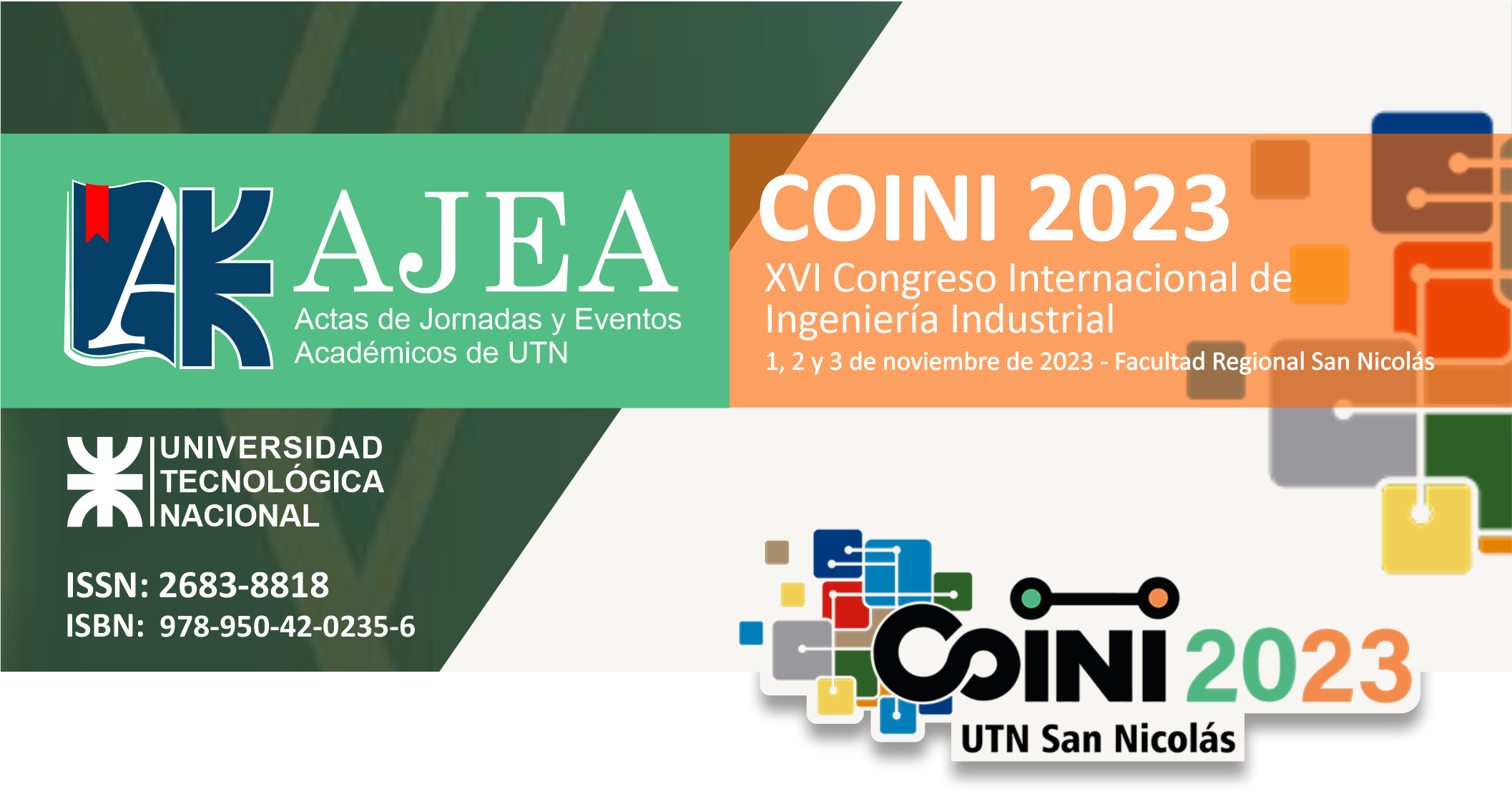EVALUATION OF THE SUPPLY-DEMAND RELATIONSHIP IN THE PUBLIC TRANSPORTATION SYSTEM OF PARANÁ: FOCUS ON THE OPTIMIZATION AND SUSTAINABILITY OF MOBILITY
Keywords:
Public Transportation, Supply-Demand Relationship, Peak HoursAbstract
In general, transport authorities are guided by common objectives when planning and managing Public Transportation (PT) systems, such as promoting them as a policy to reduce private vehicles, improve user satisfaction and service quality without significantly transferring costs to fares, and making the service accessible to vulnerable groups. From this standpoint, it can be stated that PT is a high-impact public service in urban mobility and, at the same time, is costly in its operation. The development of interventions that aim to balance supply and alleviate peak-hour congestion is a primary goal in the management of such services.
This work, within the framework of the UNER PID "Mixed Fare Model for Mass Public Transportation Systems - Case Study: City of Paraná," conducts a diagnosis of the current situation that allows us to understand the relationship between supply and demand for the Paraná PT system. It identifies patterns where friction arises between supply and demand and moments of the day when supply is underutilized. Since supply is typically designed to cover the majority of demand during peak hours, identifying these imbalances is the starting point for explaining one aspect of how operational overruns are incurred and transferred to the fare cost.
Downloads
Metrics
Downloads
Published
How to Cite
Conference Proceedings Volume
Section
License
Copyright (c) 2024 Juan Francisco Jaurena, Rafael Díaz Arias, Walter Elías, Joaquín Lambarri

This work is licensed under a Creative Commons Attribution-NonCommercial 4.0 International License.










